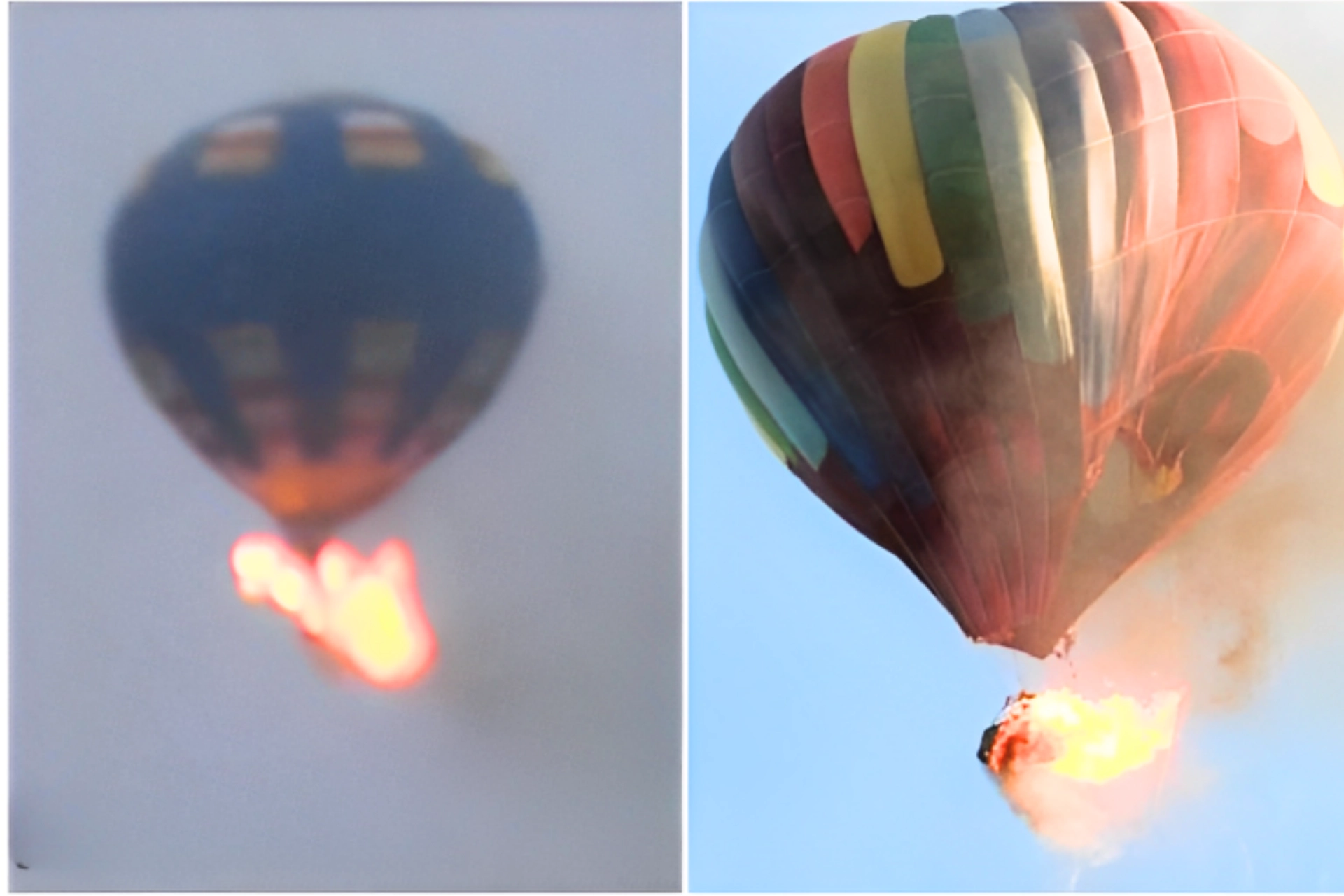A hot air balloon pilot in Brazil ordered his passengers to jump for their lives as their craft ignited mid-air, leading to a tragic Brazil hot air balloon accident that claimed at least eight lives and injured 13 others. This devastating incident unfolded in the early hours of Saturday, June 21, 2025, in Praia Grande, a picturesque municipality in the southern state of Santa Catarina, a region often hailed as the “Brazilian Cappadocia” for its stunning landscapes and popular hot air ballooning activities.
The ill-fated balloon, operated by Sobrevoar, was carrying 21 people, including the pilot, when a fire erupted. According to the pilot, who miraculously survived, the blaze originated from a backup burner stored in the basket. The intense flames quickly overwhelmed the balloon’s tarpaulin, despite it being flame-retardant. Faced with a rapidly deteriorating situation, the pilot bravely attempted to lower the balloon quickly to the ground. When it was close enough, he instructed passengers to jump out of the basket to escape the inferno. Some individuals managed to leap to safety, sustaining injuries but surviving. However, the sudden reduction in weight caused the balloon to tragically ascend again, trapping the remaining passengers as the fire intensified.
Witnesses to the Praia Grande hot air balloon crash described horrifying scenes. Footages shared online showed the balloon fully engulfed in flames, plummeting to the ground. Two people were seen falling from the basket as the fire spread, and the basket itself detached shortly before impact. Ultimately, the balloon deflated and crashed into a forested area.
Of the eight fatalities, four reportedly died from severe burns while still inside the basket, and another four perished from the fall. Authorities reported finding three victims hugging each other, a heartbreaking detail that underscores the terror of their final moments. The 13 survivors, including the pilot, were rushed to local hospitals; none were reported to be in life-threatening condition. Police are also investigating the possibility of a 22nd passenger who may have boarded at the last minute.
The Santa Catarina balloon accident has prompted immediate and extensive investigations. Police Chief Tiago Luiz Lemos confirmed the pilot’s account regarding the backup burner as the source of the fire. Civil police chief Ulisses Gabriel indicated that strong winds observed at takeoff, coupled with potential human error, are primary hypotheses being explored. Witnesses had noted significant winds at the time, even requiring a truck to stabilize the balloon with a cable during its pre-flight preparations, which led to intense side-to-side movement. This factor is crucial as investigators seek to determine whether equipment failure, human operational error, or adverse weather conditions were the predominant cause of the Brazilian hot air balloon fire.
Sobrevoar, the company operating the balloon, issued a statement expressing profound grief and announcing an indefinite suspension of all its operations. The company maintained that it adhered to all regulations and had no prior accident record, highlighting the pilot’s extensive experience and his heroic efforts to save passengers. However, this incident casts a spotlight on hot air balloon safety Brazil, especially given the context of other recent accidents. This Praia Grande disaster marks the second fatal hot air balloon incident in Brazil within a single week. Days prior, on June 15, another unauthorized balloon carrying 35 people crashed in São Paulo state, resulting in one fatality and 11 injuries.
Another balloon crash without serious injuries was reported on the São Paulo coast on June 19. These alarming occurrences raise serious questions about regulatory oversight, operator training, and adherence to safety protocols within Brazil’s burgeoning hot air balloon tourism sector. The Santa Catarina government, led by Governor Jorginho Mello, has mobilized state resources for rescue, medical care, and family support, expressing profound sorrow and vowing a thorough investigation to prevent future tragedies in this popular tourist activity.



